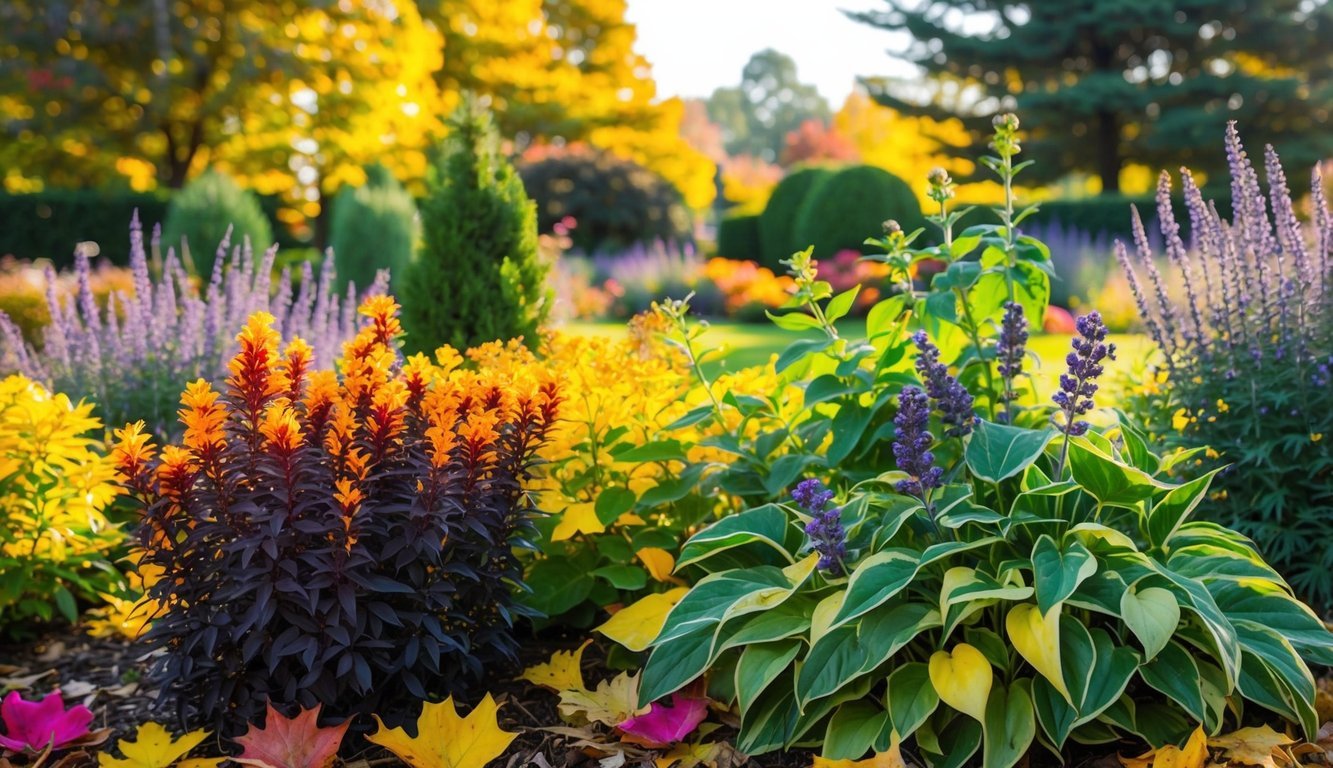
Fall Pruning Essentials
As autumn settles in, it’s the perfect time to prepare your garden for a spectacular spring.
Engaging in essential pruning tasks not only tidies up your garden but also diminishes the risk of disease while encouraging robust growth when warmer weather arrives.
If you’re wondering where to start, here’s a carefully curated list of 10 perennials that gardening experts recommend pruning each fall.
- Bee Balm
With its stunning beauty and delightful fragrance, bee balm (Monarda) is a favorite among pollinators.
Gardening author Shelley Cramm highlights the importance of trimming this perennial in late fall to control its exuberant growth.
This practice not only eases composting and mulching but also keeps the garden looking spruce.
- Penstemon
Known as beardtongue, this perennial adds a burst of color to your landscape.
Teri Speight emphasizes the need for fall maintenance, stating that cutting back the leaves after flowering helps preserve the crown’s moisture levels, which lowers the chance of disease as winter approaches.
- Phlox
Even though phlox may still be blooming late into the fall, pruning is crucial once flowering wraps up.
Speight points out that removing diseased or damaged leaves reduces the risk of powdery mildew in the coming season.
- Daylily
While daylilies add significant visual appeal, their leaves often begin to wilt after the first frost.
Trimming away the dying foliage at the season’s end not only enhances the garden’s overall look but also prepares it for the spring transition.
- Bearded Iris
If your bearded iris plants display unsightly foliage, this could be a sign of underlying pest or disease issues.
Teri Speight advises cutting the leaves back to a height of 5 to 6 inches in the fall, which promotes healthier growth for your garden.
- Yarrow
Pruning yarrow is beneficial for improving air circulation and curbing the risk of disease.
Speight recommends cutting back the old, brittle stems and foliage to where fresh growth starts—this simple action goes a long way in maintaining plant vitality.
- Sedum
This tough perennial attracts pollinators with its late-season nectar.
Although ivy may provide some winter structure, it is wise to trim spent stems and any ailing foliage to promote its health and resilience.
- Joe Pye Weed
Once Joe Pye weed has completed its blooming cycle, it’s time for some cleanup.
Snipping back the foliage while leaving several inches above ground helps maintain garden integrity without stripping the plants completely.
- Lavender
Not only does lavender add charm to your garden, but fall pruning is also beneficial for overall growth.
Cutting back lavender in autumn may spur more abundant blooms come spring.
- Chrysanthemum
These beloved garden staples thrive after late-season pruning.
By removing old, wilted stalks, you not only enhance their appearance but also contribute to their overall health.
Benefits of Pruning
By following these pruning strategies, you will nurture a healthier and more vibrant garden, setting the stage for an explosion of color as springtime unfolds.
Happy gardening!
Source: Marthastewart

